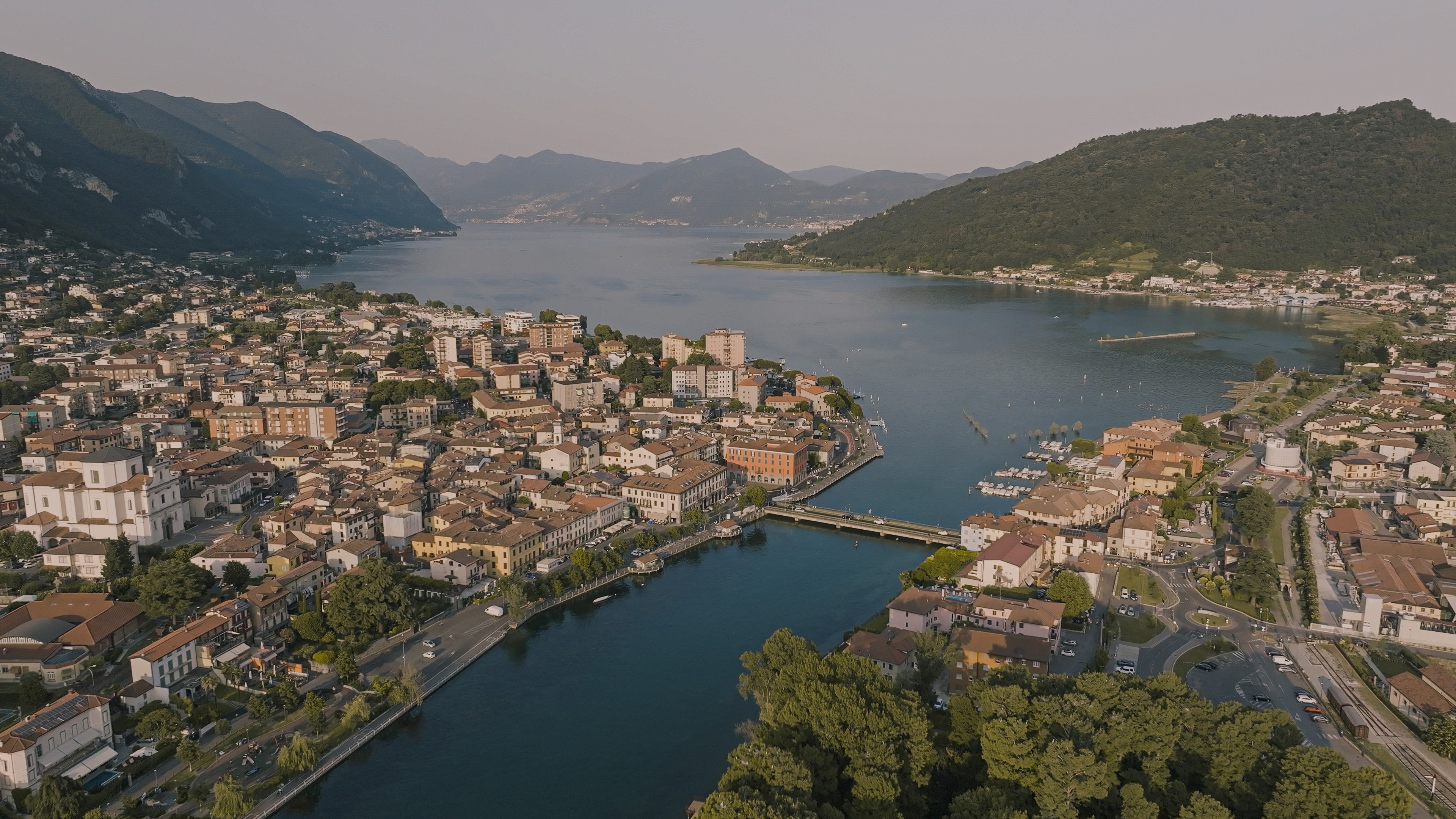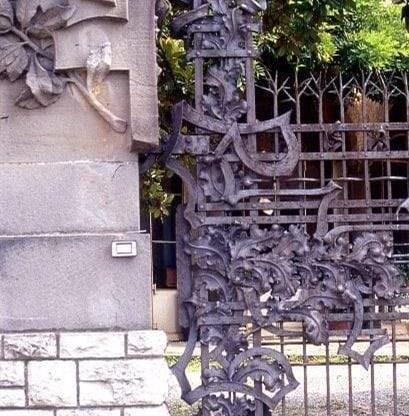
Ch. 4 - ALESSANDRO MAZZUCOTELLI AND WROUGHT IRON

Lodi 1865-1938 / Artist-smith
We can consider Alessandro Mazzucotelli, with some of his pupils such as Carlo Rizzadi, amongst the last figures of note who made a name for themselves in the art of wrought iron and captured in one person both the skill of the smith and the creativity of the artist. Mazzucotelli was born in Lodi on 31st December 1865. his family came from the Imagna valley in the province of Bergamo and, wholesalers of rural equipment made of wood and iron, they had created a comfortable position for themselves.
Unfortunately, in 1883, the business underwent an economic setback and Alessandro, who had finished the lower classes of grammar school, was about to enter the higher classes but was forced to give up his studies. His father often had contacts with a Milanese smith, Defente Oriani: it was in that workshop in Via Aldo Manunzio that Alessandro began to work, first as an employee and, after 1891, as the owner.
The great quantity of work did not prevent him from taking an active part in the cultural life of Milan and following the new European artistic theories with great interest.
The first years of the 20th century were decisive: in 1902 the Universal Exhibition in Turin brought him considerable fame, in 1903 he moved the workshop, now enlarged, to Via Ponchielli; in the same year, he began to teach at the Società Umanitaria and had the opportunity to travel around Europe. In 1908 he finally moved his business to the Bicocca degli Arimboldi. He regularly took part in international exhibitions of decorative arts (where he always obtained awards and prizes) and worked a great deal, not only in Italy but also for foreign clients (Peru, Egypt, and Germany). In 1922 he was appointed the first Director of the School of Applied Arts of Monza. He died in Milan on 29th January 1938.
Iron Elements
In the villas and mansions designed by the Liberty architects, the decorative elements made of iron are always protagonists: main gates, grilles, lamps, balustrades, lifts, garden gates, parapets for terraces, and frames for windows.
The subjects are based on the study of NATURE, with plant and animal elements, both real (a fly in the Faccanoni villa, 1907) and imaginary. Mazzucotelli produced all his ironwork with his usual craft skill and creative energy, also showing great ability in perfectly integrating with the gushing personality of Sommaruga.


